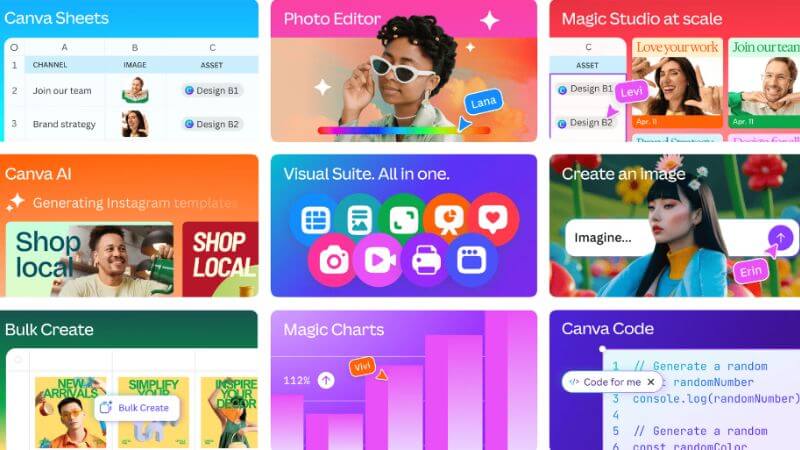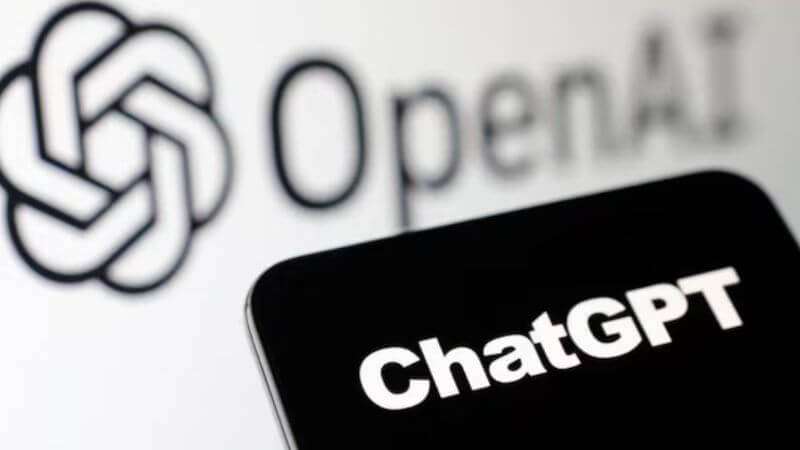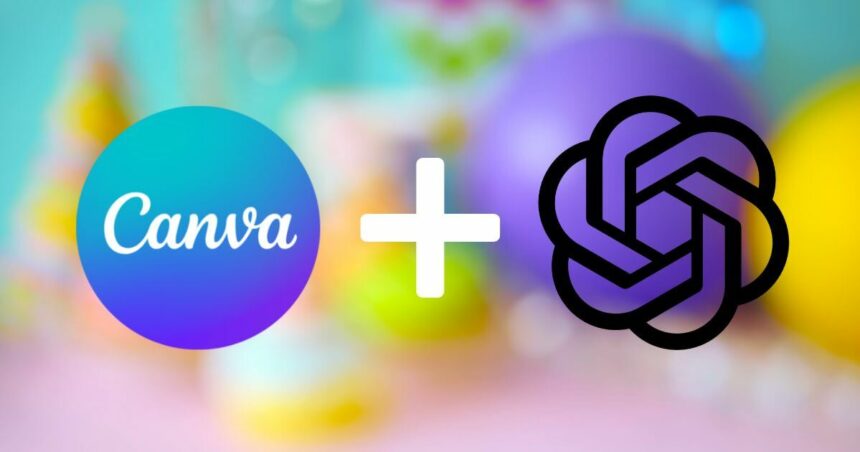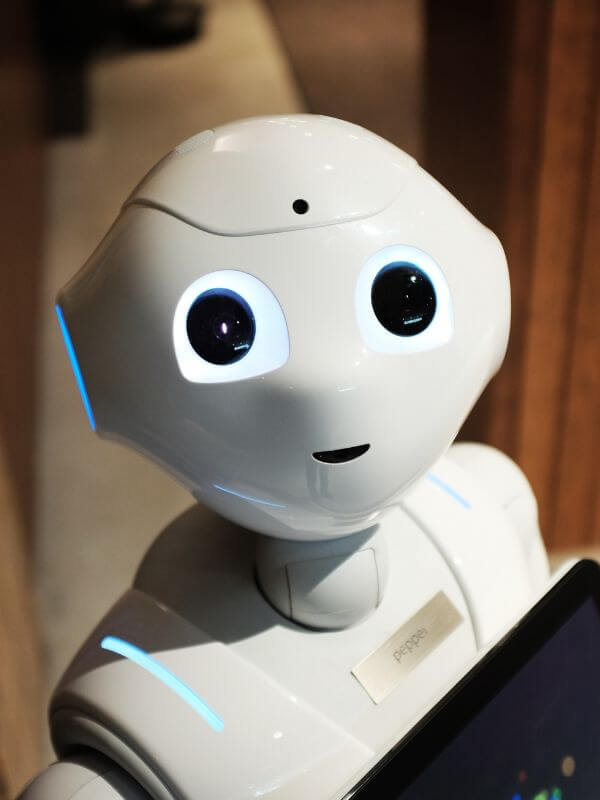The design industry just witnessed a game-changing moment. Canva is one of the popular design tools that I use. But what’s new? Canva is now officially integrated with ChatGPT. This brings professional design capabilities directly into AI conversations. Well, this is not just another tech update; it is a complete shift in how we approach creative work in the digital age.
Canva Now Works With ChatGPT

Canva has recently come up with two major products that are reshaping how artificial intelligence and design tools work together. This major update mainly focuses on bringing Canva’s design capabilities directly into the AI ecosystem, making creative work more seamless than ever before.
The Deep Research Connector
The first breakthrough is a deep research connector that links the Canva account directly to ChatGPT. This connector enables the AI assistant to pull from the user’s existing design material, including brand reports, presentations, and other documents. The result? Content analysis and generation within the same conversation, which perfectly eliminates the need to switch between the platforms easily, or manually input the references.
This will make our task easier — no more copying and pasting between the app, no more using different platforms — you’ll get it all in one place. A simple, smooth conversation.
Canva Model Context Protocol (MCP) Server
This is the second thing that has been introduced: Canva’s Model Context Protocol (MCP) Server. This backend infrastructure allows the AI assistant to access the user’s full design workspace, including charts, templates, and historical context. This MCP server supports several powerful features:
- Generating on-brand visuals that match your existing style
- Resizing your templates automatically
- Importing PDFs directly from the links
- Filling the charts with formatted data generated by AI
How Does Canva And ChatGPT Integration Work?

The integration process is straightforward. Users can connect their Canva account with ChatGPT, creating a bridge between their design assets and AI capabilities. Once connected, the AI Assistant gains access to the design library and can analyze, reference, and build upon your existing materials.
This is actually good news for professional users across various industries, making the workflow more efficient.
Expanding AI Ecosystem Compatibility
These integrations work seamlessly with multiple platforms, including ChatGPT and Salesforce’s Agentforce, with more platforms expected to join soon. According to Canva, the tools are designed to operate within the existing AI features, that is, effectively turning Canva into a directly pluggable design tool.
This integration represents more than just a technical achievement; it also signals the fundamental shift towards more integrated workflows by bringing professional design tools directly into AI conversations. Canva is eliminating the traditional barrier indeed.
Conclusion
The rollout is currently underway, with users able to access these new features through their existing accounts. As the integration expands to more AI platforms, we can expect greater flexibility and capabilities in AI-powered design workflows.
Follow Us: Facebook | X | Instagram | YouTube | Pinterest













